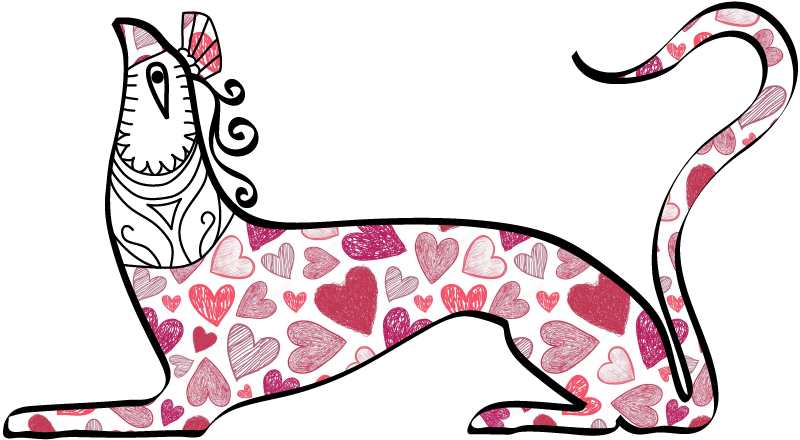No (E)scape
On 22 and 29 September (13:45-17:15) and 6 October (13:45-18:30) 2020 the conference No (E)scape—Breaking Boundaries: Negotiating Change in the Aegean Bronze Age will be held online, hosted in Groningen, the Netherlands (CEST). Further information is available at https://scapecon2020.sciencesconf.org/. The preliminary program is:
A. Brysbaert, “A ‘Moving’ Story about Labour. The Taskscape of the Late Bronze Age Argive Plain”
S. Emra and S. Cveček, “Negotiation and interaction in EBA Çukuriçi Höyük: differing solutions to competing ‘scapes’ with the beginning of rising inequality”
B. Ongar, “Household Archaeology in West Anatolia during the Late Bronze Age”
P. Zeman, “Entangled Mycenae: Case Study of a Late Bronze Age Palatial Town”
S. Hilker, “Beyond the Palace: Case Studies in Mycenaean Townscapes”
F. Nani, S. Vitale, and C. McNamee, “Building Identities: Breaks and Continuity in Construction Practices at the Prehistoric Settlement of the ‘Serraglio’ on Kos”
D. Spiliopoulou, “Life with the help of artificial light sources in the prehistoric settlement of Akrotiri, Thira”
S. Voutsaki, “Towards an archaeology of kinship”
A. Katevaini, “Contextualizing Late Minoan Tombs”
Y. de Raaff, “Experimenting with change: the built tomb of the North Cemetery at Ayios Vasileios, Lakonia”
D. Rousioti, “Investigating the sacred landscape in the Late Bronze Age Greek Mainland”
I. Rom, “Negotiating death in the Bronze Age: a view from western Greece”
K. Dudlik, “Mortuary Practices in Context. Local Idiosyncrasies in Search of the Koan Identity”
Y. van den Beld, “Understanding socio-political processes through the study of labour investment: the case study of the North Cemetery at Ayios Vasilios”
E. Sezgin, “An Assessment of Gender Roles in the Early Bronze Age Aegean”
T. Mumelter, “Affective Fields in Akrotiri’s Miniature Frieze, Thera”
D. Wolf, “Symbols as Social Strategy? Late Palatial Hard-Stone Glyptic as Identity Markers”
A. Filipek, “One but many. The concept of the great mother goddess in the study of the Minoan religious system in the Bronze Age”
E. Tsafou, “Identifying the changing function and use of cooking vessels in Minoan societies”
A. Mercogliano, “Breaking ceramic boundaries: formation and change in pottery assemblages during the Middle Helladic period with a special look at the Trapeza settlement (Eastern Achaea)”
D. Frank, “Tracing Early Mycenaean Ceramic Traditions in the North-East Peloponnese”
K. Regnier, “Building interactions beyond boundaries during the Bronze Age: the case of the Aegean tripod stone mortar”
T. Valchev, “The marble pendant from the prehistoric settlement mound Maleva Mogila near the village of Veselinovo, Yambol municipality, Bulgaria”
G. Paglione, “Reconstructing the landscape through the Linear B texts: The case of coriander cultivation in Phaistos”
A. Vergaki, “Lonesome are the eyes: The depiction of the animals on the Ayia Triadha Sarcophagus”
A. Durick, “Origin to Deposition: The socio-cultural significance of gold provenance studies in the North Aegean and Ancient Thrace”
J. Witowski, “Relation between the form of Aegean swords and modes of use in the light of usewear analysis -- the case of two bronze swords from the Athenian Agora”
MESO2020
On 7-11 November 2020 the Tenth International Conference on the Mesolithic in Europe (MESO2020) will be held online, hosted in Toulouse, France (CET). Further information is available at https://meso2020.sciencesconf.org/. Papers and posters of interest to Nestor readers will include:
S. Kačar, “An elusive transition: Revisiting the Mesolithic/Neolithic continuity in the Southern Adriatic and its margins”
C. Bonsall and M. Gurova, “Environmental Change and the Neolithization of the Balkans”
T. Perrin, “Agent-based modelling of the Mediterranean Neolithization and Mesolithic-Neolithic interactions: a first draft”
P. Duffy and D. Boric, “Predictive modeling for Mesolithic site locations in southeastern Europe”

